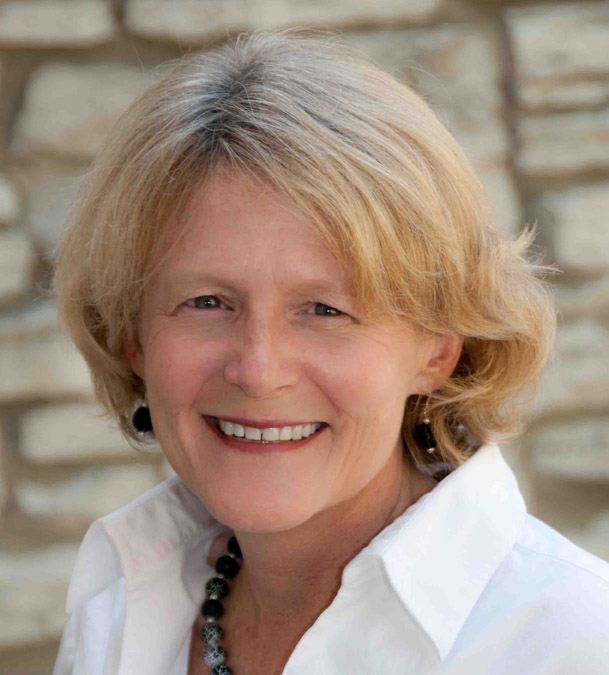Indiana At 200 — Famous, Infamous At Crown Hill
 By ANDREA NEAL
By ANDREA NEAL
It is the nation’s third largest cemetery and a “Who’s Who” of Hoosier heroes. One president, three vice presidents and 11 governors are buried there.
The grave of poet James Whitcomb Riley occupies the highest point — the “crown hill” — and is one of the most popular tourist sights in Indianapolis. So is the less grandiose burial place of bank robber John Dillinger, an Indianapolis native who became nationally known in the late 1920s as Public Enemy No. 1.
Crown Hill Cemetery, incorporated as a non-profit institution in September 1863, reveals Indiana’s history in a way few landmarks can rival. Federal Judge and former Congressman Albert S. White put it this way at the cemetery’s dedication in 1864, “Let it be the glory of Crown Hill that the rich and poor, the proud and humble, alike may enter here.” Some 400 people attended the dedication on June 1, 1864. A band played anthems, local preachers delivered prayers and a poet read a few verses.
![]() The first burial took place the next day. Lucy Ann Seaton, young wife of an army captain, died from tuberculosis, the leading cause of death in the United States at that time. The prayer of her husband appears at the base of the stone, “Lucy, God grant I may meet you in heaven.”
The first burial took place the next day. Lucy Ann Seaton, young wife of an army captain, died from tuberculosis, the leading cause of death in the United States at that time. The prayer of her husband appears at the base of the stone, “Lucy, God grant I may meet you in heaven.”
Another early burial was Josephine Jones, 14-year-old daughter of an African-American gravedigger. “From the beginning, Crown Hill was a place of racial and economic diversity,” observes Douglas A. Wissing, co-author of Crown Hill — History, Spirit, Sanctuary published on the occasion of the cemetery’s sesquicentennial.
The oldest remains are those of pioneers, most originally buried at City Cemetery — renamed Greenlawn — and transferred to Crown Hill after city officials declared the first graveyard unsuitable for a growing population.
In 1866, 708 Union soldiers who died in the Civil War and had been interred at Greenlawn were transferred to Crown Hill and reburied on land subsequently bought by the federal government for use as a national cemetery. In 1933, remains of 1,616 Confederate soldiers who had been prisoners of war at Camp Morton in Indianapolis were moved to a “Confederate Mound,” also national cemetery property. Greenlawn closed in 1890.
Landscape architect John Chislett of Pittsburgh designed Crown Hill, intentionally mixing elements of a nature park with burial plots to create a peaceful, inspiring setting.
More than 200,000 people have been buried or entombed in mausoleums at Crown Hill. Most prestigious is Benjamin Harrison, 23rd president of the United States, who is buried alongside First Lady Caroline Harrison in Section 15, Lot 37.
Adjacent to the Harrisons is author/playwright Booth Tarkington, winner of two Pulitzer Prizes. Business leaders laid to rest at Crown Hill include Lyman S. Ayres, who founded the L.S. Ayres Department Store in 1874; Eli Lilly who launched the pharmaceutical company of the same name in 1876; and banker William H. English, who built the English Hotel and Theater. Sports figures range from Edward “Cannonball” Baker, who won the first race at the Speedway and drove in the first Indy 500, to Robert Irsay, who brought the Baltimore Colts to Indianapolis in 1984.
Crown Hill Cemetery was added to the National Register of Historic Places in 1973. A list of notables buried on the grounds is available at: http://www.crownhillhf.or/docs/CrownHillNotables_lastname.pdf
DIRECTIONS: The main entrance to Crown Hill Funeral Home and Cemetery is at 700 W. 38th St., Indianapolis. Public tours start at the southside entrance at 34th Street and Boulevard Place.
 EDITORS NOTE: This is a series of essays leading up to the celebration of the Indiana Bicentennial In December 2016. The essays focus on the top 100 events, ideas and historical figures of Indiana, in chronological order, tying each to a place or current event in Indiana that continues to tell the story of the state.
EDITORS NOTE: This is a series of essays leading up to the celebration of the Indiana Bicentennial In December 2016. The essays focus on the top 100 events, ideas and historical figures of Indiana, in chronological order, tying each to a place or current event in Indiana that continues to tell the story of the state.
Andrea Neal is a teacher at St. Richard’s Episcopal School in Indianapolis and adjunct scholar with the Indiana Policy Review Foundation. She has written extensively about taxes, good governance, higher education, civic education and K-12 reform. Contact her at [email protected].
Indiana Policy Review Foundation is a non-profit education foundation focused on state and municipal issues.

